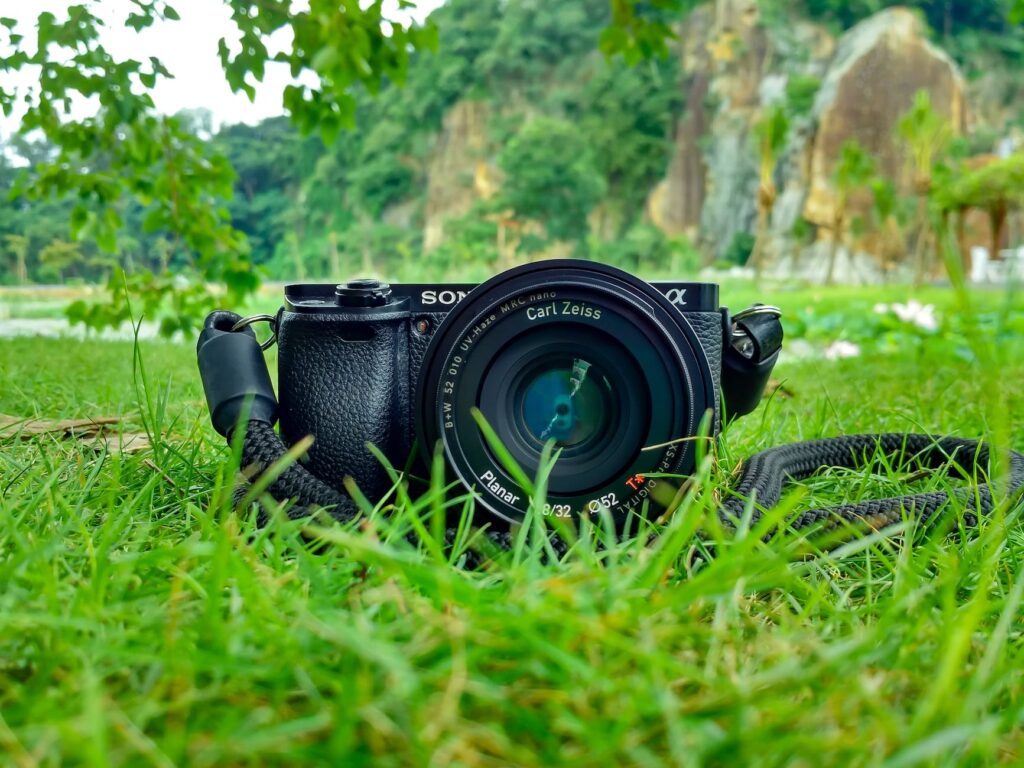
Introduction
I love taking photos of landscapes. They’re relaxing, they allow me to be outside in nature, and they’re a great way to show off the beauty of our planet.Say’s Dr. Michael Hilton, but it can be difficult to get the right shot—especially if you’re new to photography or don’t have much experience with landscapes. That’s why I’ve put together this guide to help you capture your own beautiful landscape shots.
Identify your subject
You should always identify the subject of your photograph. This will help you to determine what type of lens to use, where to position yourself and how long to expose the image for. For example, if you’re taking pictures of flowers in a field then it would be best to use a wide angle lens (18mm – 24mm). This will allow you to capture all the elements within view without having them appear distorted because of their distance from each other.
If possible use a tripod so that images are sharper than when hand held as this allows for longer exposures which helps reduce blur caused by camera shake or movement within the scene itself
Find the perfect location
Now that you have your camera and lens, it’s time to find the perfect location. The first step is to get out there and explore! Look at the landscape around you with fresh eyes–you may notice things about it that others do not.
- Look for interesting shapes, patterns and textures in nature (waterfalls are great for this).
- Look for interesting colors in nature (the sky at sunset can be especially beautiful).
Find the perfect time of day
The first thing you need to know is that there are two main times of day to shoot. The golden hour and blue hour.
The golden hour is the first and last hour of sunlight, when the sun is low in the sky and produces a warm glow. The blue hour is after sunset or before sunrise, when there’s enough light but it’s still dark enough for you to get a good depth of field (the area of focus).
You can use an app like PhotoPills or Sun Seeker on your phone to find out exactly when each happens every day at any location around the world!
Use the right equipment
- Use a tripod.
- Use a wide angle lens.
- Set your camera to use long shutter speeds, like 1/15 or 1/30 of a second, depending on how fast the water is moving and how much light there is in the scene you’re shooting.
Photographing landscapes can be a relaxing way to spend time outdoors and create something beautiful.
Photographing landscapes can be a relaxing way to spend time outdoors and create something beautiful. It’s also a great hobby for those who want something that can be done in their own backyard, or even from their own window.
When you’re out there taking photos, try to relax and enjoy yourself. Even if your photos don’t turn out exactly how you had hoped them too at first glance (which is common), it’s always fun to go back through old photos later on and see how far your skills have come!
Conclusion
Landscape photography is a great way to spend time outdoors and create something beautiful. It can also be challenging, so it’s important to find the right location and time of day before you start shooting. If you’re looking for inspiration on where or when, here are some tips from our experts: